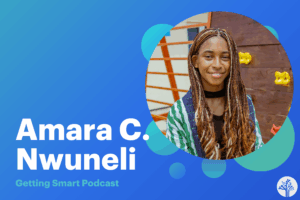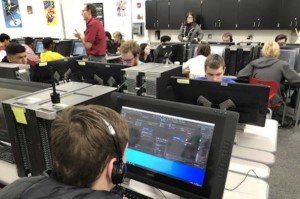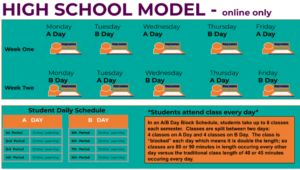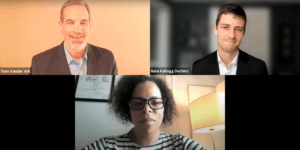10 Things Next Gen Districts Will Do Well

What will next generation districts do well? In the last week I’ve had the opportunity to discuss that question with hundreds of school board members and superintendents. Following are 10 attributes that emerged from those discussions:
- High Expectations: Expect students to demonstrate college and career ready knowledge, skills, and dispositions (we like EPIC definition; see Q&A with David Conley on College & Career Readiness ).
- Talent: Build differentiated and distributed staffing models that extend the reach of great teachers, support new teachers, provide compelling career opportunities, and meet the needs of individual students.
- Know students: Maintain a comprehensive learner profile, standards based gradebook, and early warning system.
- 24/7/365 learning experiences: Provide access to a variety of engaging, standards-aligned, open, and proprietary learning experiences (i.e. instructional materials) and full and part time online learning opportunities.
- Show what you know: Require students — in multiple ways — to demonstrate competency to progress toward graduation.
- Device: Ensure every student has an Internet access device and is equipped as a multimedia producer and publisher.
- Broadband: Provide great broadband access at school and work with governments and providers to expand home and community access.
- Coaching: Provide regular coaching on college/career ready skills and dispositions, plans and connections to youth and family services (i.e. advisory & counseling services).
- Community : Be a community development partner; leverage assets with flex schools (i.e. museum school); and build pathways to work and college.
- Fulfill the good school promise: Close failing schools, support struggling schools, reward high performing schools, and open schools to meet needs.
This blog first appeared on EdWeek.







diana cobbe
I think the new competency for students will be ‘future ready.’ Future ready students know how to use their interests, and personal + community assets to launch purposeful futures.
I am a former teacher and founder of ed startup, Outer Barcoo. I’ve created a future readiness program for K-12 students that I want to develop as a saas solution for schools.
You can view the model here:
http://www.outerbarcoo.com/services/our-model/
About a month ago, I built a clickable prototype of my app and asked a diverse group of teachers, parents and principals to provide feedback as to its usefulness in schools.
This is a high interest, emotionally charged topic for many people, especially parents.
400 people clicked through the app in a 24 hour period and 150 left comments. Most respondents said they would like their kids and students to have access to this type of program in schools. This also confirms previous customer surveys I have done with parents and teachers. They disagreed on many things but having a high quality career development program in schools was the ONE area of agreement.
What makes Outer Barcoo’s future readiness program unique is that it takes a holistic view of the learner and integrates career development with academic planning.
Without knowledge of self and an understanding of the connection between their endeavors in and out of school and the world of work, students lose track of school’s purpose. Learners who view school as irrelevant to their futures do not expend much effort and ultimately drop out.
Using Outer Barcoo, parents and other primary caregivers collaborate with their kids to build a real time picture of their child’s needs, interests, and learning, both in and out of school.
Learners use this framework to guide them in choosing activities that inspire them to perform their best. Teachers act as ‘guides on the side’ to facilitate class discussions and to work one-on-one with learners.
Lise Ragan
What will Next Gen districts be doing regarding the English learner population, the fastest-growing segment of K-12???
Replies
Tom Vander Ark
great question, competence in language acquisition certainly belongs on the list